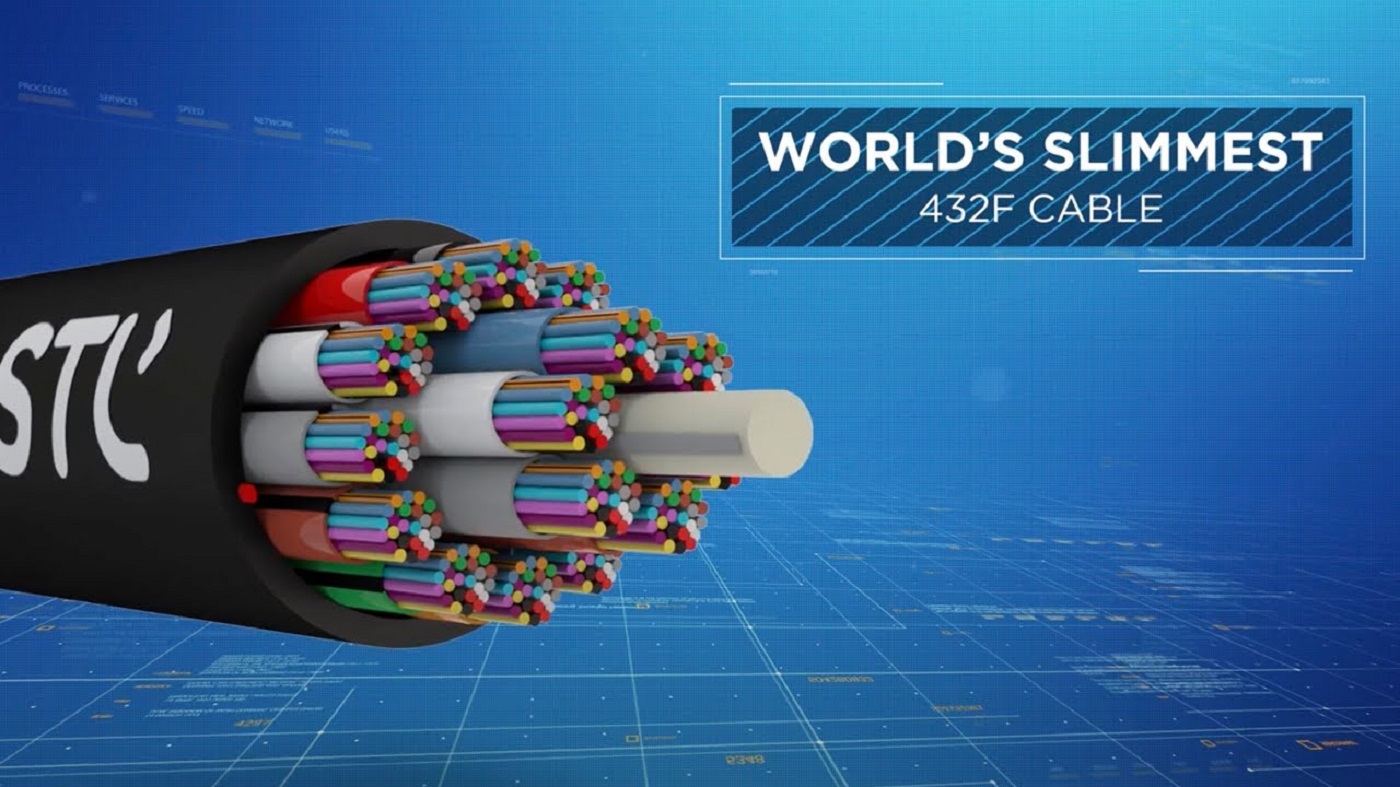
The world is witnessing significant Capex and technology shifts. 5G has finally arrived. Cloud companies across the planet are building massive data centers, and enterprises are starting to connect more and more devices. Virtualisation has become a common theme across all networks. The unabated growth in demand for optical fibre boosts these trends. While the world GDP has increased 2.9% over the last two decades, the optical fibre cable deployment has grown five times that figure. Conversely, the rate of fibre deployment has reduced quite a bit, from 38 years to less than two years. This means that the deployment of fibre cable has become way faster.

Contents
Impact of Covid-19
Irrespective of the consistent growth in the demand for fibre cable deployment and bandwidth over the decades, the journey further accelerated due to Covid-19. People started to work, study, shop, and more from their homes during the pandemic. The subscriptions and downloads of online streaming networks and video conferencing apps surged considerably during the Covid-19 lockdown. It would not be wrong to term these apps as being bandwidth hungry.
To meet the rapidly growing demand for bandwidth, proper provisions for supply should be in place as well. This has led to an expansive range of network creation opportunities. As a result, finding a method to develop a high-quality and speedy network has become a priority for many companies.
Building denser networks faster
Traditionally, a typical fibre cable deployment involved installing a single cable into a 20mm/25mm duct. Currently, there is a need for better utilisation of space in the duct so that more fibres can be put into the duct. Micro-ducts have come up to meet these concerns, usually 12mm/10mm in size, with extremely high fibre count.
Micro-duct technology offers a craft-friendly and cost-effective means to upgrade a network, which can scale on-demand by deploying fibre. Today this technology can be extensively seen in congested areas, including large metros, with limited duct space. Such cable designs are lightweight and compact, and they feature high fibre density to maximise the fibre count available in small cable diameters.
Micro cables come in a varying range of fibre count and deliver commendable performance while having a compact size. These cables are made by making the jacket of the cables thinner and are easier to handle and work with. Micro cables are also highly safe, as they are particularly designed to be blown into a duct. Micro cables and multi ways ducts can be helpful in future-proofing a network and are a brilliant investment choice.
STL had to install three cables overnight but completed the task so fast that two more cables were installed at a project in the Philippines. The company also achieved a record blow speed installation in a complex deployment with multiple turns in the Netherlands. STL leveraged next-gen blowing methods to ensure 3x faster blowing. Conversely, due to their high speed, it would be prudent for companies to meet the increasing bandwidth demand prevalent around the planet today.
Aerial vs. Underground
Aerial networks are significantly affected by natural disasters like typhoons, fires, lighting, etc. But underground networks suffer only limited damage. On the other hand, disasters can bring down networks, causing many problems, especially in terms of communication and rescue efforts. However, the cost of underground networks can be 8 – 10 times the aerial networks, in case the typical pulling technique is used.
Pulling is time and labour-intensive, costing a good sum of investment. Blowing, however, is a way more feasible and cost-effective option for installing underground networks. Pulling requires a manhole every 150–200m. On the other hand, blowing requires a handhole every 500–1000m.
The total cost of convectional pulling can be three times that of Blowing.
What exactly does cable blowing mean?

Cable Blowing
Jetting or blowing is the cable installation process in which high-speed air flow combined with additional mechanical pushing force is used. Cable blowing is the system of installing optical fibre cable into a pre-installed duct. Essentially, compressed air is injected into the duct inlet after pushing a few hundred meters of the cable into the duct.
Near the cable inlet, the pushing force is majorly applied through a pushing device. Discerning standard optical fibre cables, micro ducts, and micro-duct cables can be installed through the cable blowing process. Depending upon the duct route, installing micro-duct cable using the blowing method in continuous lengths of more than 1000 meters is possible.

Source
Cable blowing has proven to be a better alternative to pulling than pulling across the world. Hence, companies are increasingly opting for this system when it comes to fibre cable deployment,
Factors to make cable blowing successful:
- Use quality ducts made from virgin material. If a cheap quality duct is used then there can be issues with pressure ratings, as a micro duct needs to have a minimum of 16 bar pressure rating.
- Proper duct handling and laying procedures have to be followed. The duct should be straight, without any deformations and/or kinks while respecting the minimum bending radius.
- The right duct-cutting, duct–slitting, and duct-deburring tools have to be leveraged to guarantee that ducts are safely and smoothly connected.
- Using a water-based lubricant like Micro Jetting Lube (MJL), as well as a proper drum-stand with a drum-shaft with rotating ends and centering cones, is important.
While it is not difficult to lay down ducts, people need to be well aware of the process. The duct should never be in contact with stones/rocks. Owing to the hot and humid climate prevalent in many parts of Asia, using a compressed air cooler is mandatory and becomes important while laying down the duct.
Conclusion
Technology is reshaping the world where people learn, live, and thrive. Building Fibre dense networks with air blown micro cables can help deliver the bandwidth requirements of modern-day internet users while also expanding capacity, boosting the speed of fibre cable deployment, and simplifying migration.















